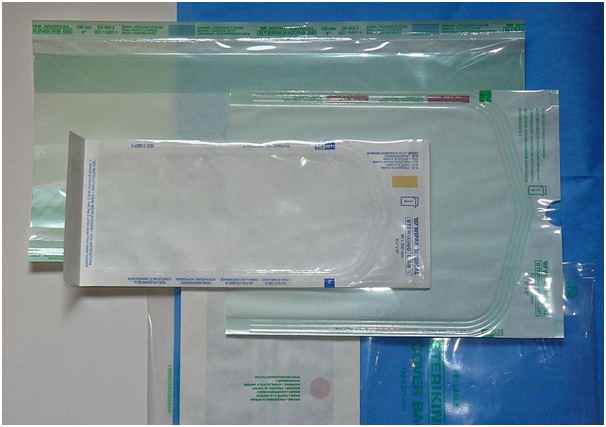Manufactures are constantly looking to develop innovative, environmentally friendly reusable packaging products to better suit the needs of their customers. More and more companies are devoting resources to developing lightweight packaging which fits that bill.
Lightweight packaging’s first port of call is to offer an alternative to the cumbersome packaging so often used, which although perhaps cheaper to produce, is larger, often unnecessary and at times environmentally damaging.
As detailed by Science Daily non-biodegradable plastics are found in our oceans, negatively impacting the ecosystem of our seas. The more that can be done to avert such situations, the better.
There are numerous alternatives to the traditional forms of packaging, but as stated, with business being more environmentally conscious and looking to eliminate excess expenditure, lightweight packaging materials are the prominent form of housing goods. These are a few of the most significant alternatives:
Paper
Being a significantly lightweight material, paper proves an economically and environmentally responsible choice. Packaging machinery has little problem finishing paper products in comparison to steel and metal due to its simple qualities. The metal alternatives are unquestionably damaging to the environment.
Aluminium
The lightweight metal is considered an incredibly effective form of packaging. A 330ml beverage can weighs 13 grams but can still retain its shape and protect the product thanks to the material’s properties. Due to the relatively light weight of aluminium, the transport costs of products utilising this metal are significantly reduced, as well as C02 emissions.
Biopolymers
Non-biodegradable petroleum-based polymers are perhaps the least favourable of the light weight options. Polymers are notoriously damaging and due to the often hazardous production process, packaging machines are sometimes required to ensure the safety of workers, protecting them from toxins but therefore increasing the cost of production.
According to The Independent British members of parliament suggested that plastics should be considered toxic once they get into the environment.
Mono-material Packaging
One type of packaging that benefits the environment greatly is that of mono-material packaging, as it uses a single material for the entire production process. This means packaging machines are dealing with a uniform substance, so the product is far more recyclable.
LINPAC packaging has now also been able to develop superlight innovative mono-material trays which are entirely recyclable, so that their carbon footprint is greatly reduced.
